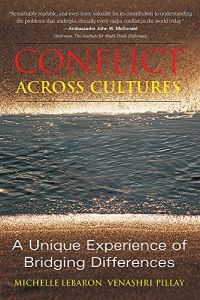Join getAbstract to access the summary!

Join getAbstract to access the summary!
Michelle Lebaron and Venashri Pillay
Conflict Across Cultures
A Unique Experience of Bridging Differences
Intercultural Press, 2006
What's inside?
Intercultural conflicts often seem intractable – but they don't have to be. This book explains why.
Recommendation
On April 29, 1992, a California jury acquitted four Los Angeles police officers of using excessive force against Rodney King, an African-American motorist whom they had severely beaten after a high-speed car chase. The beating had been caught on camera and televised. The not-guilty verdict sparked four days of massive rioting by blacks in Los Angeles. To help quell the mayhem, King appealed for public order by asking, “Can we all get along?” Unfortunately, “getting along” is never easy, particularly when cultures come into conflict, as embodied by the white law enforcement officers and the black driver. Considering the number of such seemingly intractable conflicts around the world, many contend that they simply cannot be resolved. This book claims otherwise, at least for smaller-scale disagreements where members of different cultures can sit down with each other to iron things out. Michelle LeBaron and Venashri Pillay explain the potential of “building relationships” as a solution to conflict. They focus on using knowledge and understanding to bridge cultural chasms, and report on international studies and case histories. They also explain the psychology of conflict and cultural assumptions. getAbstract applauds the authors for their insightful analysis and intelligent approach, and recommends this book to human resource managers and others who work with employees from a variety of cultural backgrounds.
Summary
About the Authors
Michelle LeBaron is a professor at the University of British Columbia, where she directs UBC's Program on Dispute Resolution. Venashri Pillay is a research professional in South Africa, where she studies conflict and resolution activities in Africa.


















Comment on this summary